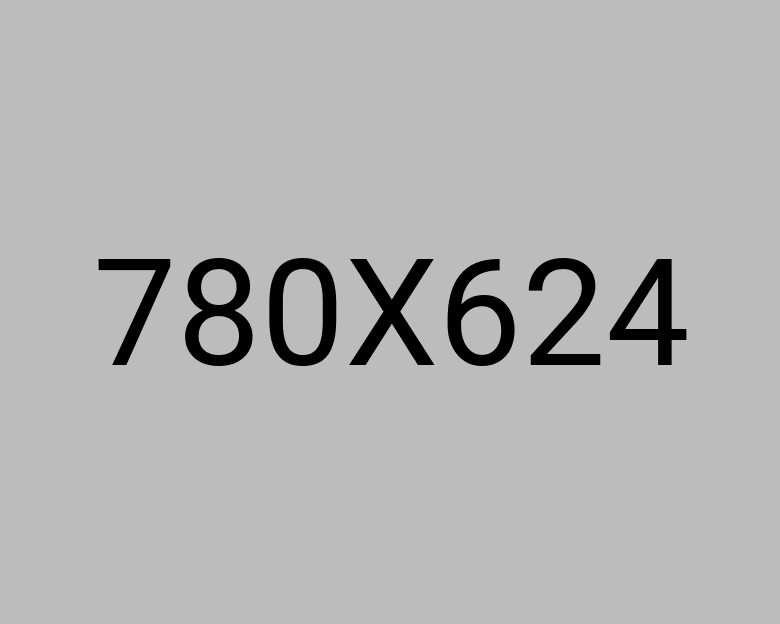The date of receiving new notes

On the occasion of Eid-ul-Fitr, Bangladesh Bank has suspended the exchange of fresh notes. The reason behind this is that they no longer want to issue notes bearing the portrait of Bangabandhu. While this decision aligns with the spirit of the mass uprising, it has left people without fresh notes this Eid, which contradicts the new spirit of the movement. Relatives and friends are constantly requesting fresh notes, assuming that, as a former employee of Bangladesh Bank, I might be able to procure some despite the restrictions. Even ardent supporters of the uprising desire fresh notes and have no objections to those bearing Bangabandhu’s portrait. The people of Chattogram, in particular, have a high demand for fresh notes; to them, fresh notes are as essential as their traditional Mezban feast. The tradition of giving and receiving Eidi during Eid feels incomplete without fresh notes, as old and worn-out notes are considered unsuitable and unacceptable for this practice. Children, too, may miss out on Eidi this year due to the unavailability of fresh notes. Consequently, Bangladesh Bank’s decision has disrupted the long-standing tradition of fresh note exchanges during the Eid festival.
The decision to stop circulating fresh notes with Bangabandhu’s portrait was made abruptly. Before printing new design notes, Bangladesh Bank’s hasty move has disappointed the public. Currently, approximately three trillion taka worth of banknotes with Bangabandhu’s portrait are in circulation; adding a few more such notes would not have caused any significant issue. A more pragmatic decision could have prevented substantial national losses. As a result of this decision, imported materials worth approximately one thousand crore taka, including special paper, ink, and printed notes, will have to be destroyed. Moreover, the delayed decision to print new design notes has now forced processes to bypass conventional rules; otherwise, note printing would be further delayed. To expedite the process, officials are staying abroad at their own expense to coordinate with origination firms, and some materials are being transported by air instead of sea.
If new design notes had been introduced this Eid, the festivity would have been significantly enhanced. Had Bangladesh Bank acted promptly, this unfortunate situation could have been avoided. The interim government took office in early August, meaning they have had nearly eight months. If Bangladesh Bank had been proactive, new design notes could have been introduced within this time, but they failed to do so. In a recent interview, the Finance Advisor addressed why it was not possible and when the new notes might be available.
The Finance Advisor blamed Bangladesh Bank’s delayed decision-making for the absence of new design notes during this Eid-ul-Fitr. He emphasized that Bangladesh Bank should have initiated the process back in August. Printing new banknotes requires multiple stages of decision-making. A Design Advisory Committee, led by a Deputy Governor of Bangladesh Bank and consisting of renowned artists, oversees the design process. However, artists who graduate from art colleges do not possess the expertise required for banknote design, as security features must be integrated to prevent counterfeiting. This is why many countries hire foreign experts for banknote design.
Our security printing press, The Security Printing Corporation (or the mint), has some experience in banknote design. As a result, the preliminary designs for all our currency notes have been produced in-house before undergoing multiple revisions by the Design Advisory Committee and obtaining final approval from the head of government. Once approved, an international tender is floated for origination work. Bangladesh lacks the capability to create the master plate required for printing notes, but this is not a critical issue since note designs do not change frequently under a stable government. Preparing a prepress design costs around 200 crore taka, whereas the origination process for all banknotes costs around 5-6 crore taka.
To create the origination for nine denominations, work orders have already been issued to two firms—one in England and the other in Switzerland. To speed up the process, technical and non-technical officials from Bangladesh Bank and the mint are frequently traveling abroad. The master plate, created through origination work abroad, is brought back to Bangladesh, where the mint then prepares machine-compatible printing plates. Given the urgency, the machine-compatible plates might also be imported this time. Bangladesh Bank has been holding meetings with various stakeholders about the new banknotes. According to them, they were initially confident that the new notes would be issued by March. This was later pushed to April, and now May is being mentioned. The Governor has recently stated that the new design notes will likely be available by the end of April. However, it seems unlikely that Bangladesh Bank will meet this deadline, especially for high-denomination notes. If any notes are issued in April, they will likely be lower denominations (2, 5, 10, and 20 taka), as these do not require intaglio printing and are easier to produce.
Notes of 50, 100, 200, 500, and 1,000 taka require intaglio printing, which involves multiple layers of printing and drying. For instance, a 100, 200, 500, or 1,000 taka note undergoes five separate print runs on five different machines. After the first three runs, each layer must dry for at least five days before the next print can be applied. At every stage of transfer between machines, the notes must be counted using high-speed counting machines. Once the printing and drying process is complete, every sheet is manually inspected before being cut into individual notes. The notes are then packed into bundles of 100 pieces, which are again sampled for quality checks. These bundles are then grouped into stacks of ten before being stored in vaults.
The above-mentioned printing and packaging process assumes that all required materials—paper, ink, and plates—are available at the mint. However, none of these materials have arrived from abroad yet. It is expected that the origination work and plate-making might be completed by April. The paper and ink orders have been placed, but the samples are expected to arrive by mid to late April. The mint will then conduct machine trials and laboratory tests on the sample paper, which will take about ten days. If the sample fails, new samples will need to be obtained, taking an additional 15 days. However, paper samples usually pass on the first attempt. In urgent cases, slight deviations in paper specifications might be accepted. Once approved, an LC (Letter of Credit) will be opened, and the paper manufacturer will require at least a month to produce and supply the paper. Some of this paper might be flown in due to the urgency. A final round of testing will be conducted at the mint upon arrival, although authorities may choose to bypass this step to save time.
The process for intaglio ink follows the same steps as paper procurement. The ink manufacturer first sends shade samples, which are then matched with the note colors. If needed, the ink manufacturer sends technical experts to assist with color matching. This time, the origination firm will likely produce printed samples, allowing color matching to occur simultaneously. Otherwise, the mint’s lab technicians may attempt this process, but that would be risky. If any errors occur in the lab’s formula, the ink manufacturer may refuse to take responsibility for the faulty ink.
Even if all materials arrive, the mint cannot simultaneously print all denominations due to its outdated 44-year-old machines, which have been running 24/7 since 1981. In 2016, a new production line was added, but printing multiple denominations at once is still not feasible. Hence, one denomination is completed before starting another. This means that fresh notes will reach Dhaka first and other regions much later. Any disruption in printing or material supply could cause a nationwide cash shortage since Bangladesh Bank’s branches (except Bogura and Rangpur) do not usually hold surplus reissuable notes. In such cases, even unfit notes might have to be issued.
Considering these factors, it seems unlikely that Bangladesh Bank will issue new notes in April as promised. The public may not receive high-denomination notes before June or July. Taking shortcuts to expedite the process could lead to further complications. The interim government’s image has already suffered to some extent due to this delay.
Ziauddin Ahmed : Former Executive Director, Bangladesh Bank



Leave A Comment
You need login first to leave a comment